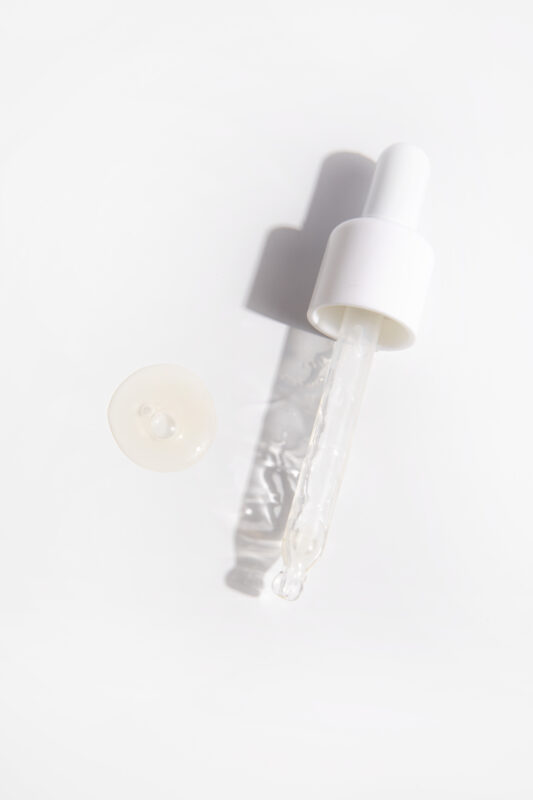-
×
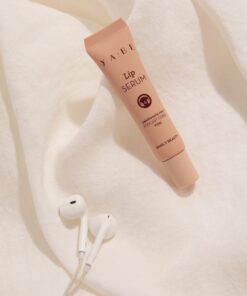 Lip Serum
1 × €17,00
Lip Serum
1 × €17,00 -
×
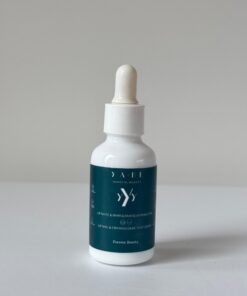 YYY - Forever Beauty
YYY - Forever Beauty
firming face serum2 × €38,00 -
×
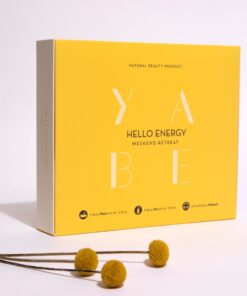 Hello Energy
Hello Energy
weekend retreat3 × €45,00 -
×
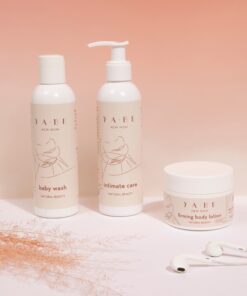 Maternity new mom
3 × €55,00
Maternity new mom
3 × €55,00 -
×
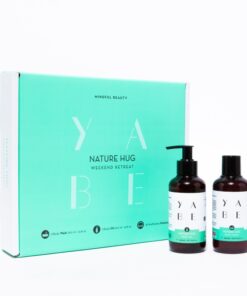 Nature Hug
Nature Hug
weekend retreat3 × €45,00 -
×
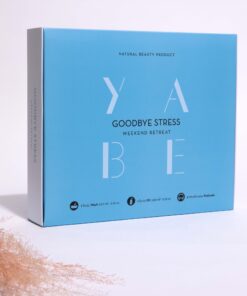 Goodbye Stress
Goodbye Stress
weekend retreat3 × €45,00 -
×
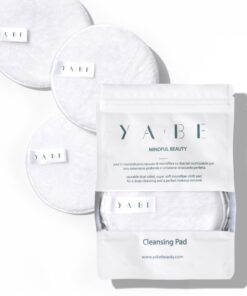 Cleansing Pad
2 × €8,50
Cleansing Pad
2 × €8,50 -
×
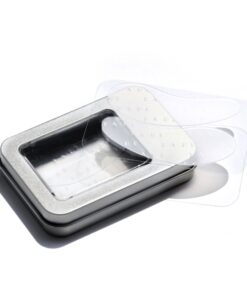 Unlimited Beauty Patches
Unlimited Beauty Patches
reusable silicon patches2 × €25,00 -
×
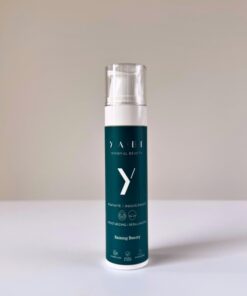 Y - Raising Beauty
Y - Raising Beauty
moisturizing face cream1 × €39,00 -
×
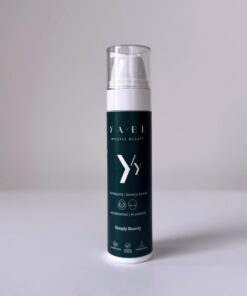 YY - Simply Beauty
YY - Simply Beauty
nurturing face cream1 × €39,00
Blog
Understand and recognize cosmetics INCI names
Learning how to read the label that lists all the ingredients contained within a product is important to understand how to choose quality, effective products that are good for your skin, avoiding those that are not suitable or in some cases even dangerous.
Cosmetic products INCI
Let’s start with: what is the INCI code? The INCI (International Nomenclature of Cosmetic Ingredients) is an international naming convention used to indicate on the label of a cosmetic product the different ingredients it contains (mandatory since 1997).
What are the guidelines for reading the INCI and understanding if the product is of quality? The ingredients on the label are listed in descending order of concentration, so the most present ingredient goes first and the others gradually go down with a lower concentration, while ingredients with a concentration below 1% can be listed in random order.
A quick and indicative test to verify if a product is of vegetable origin, is the fact that the ingredients written in Latin are of vegetable origin, while the names of the substances written in English are those that have undergone a chemical transformation. The dyes are found at the bottom of the list with the abbreviation CI (color index) followed by the indicative number, so it will be particularly easy to check whether a product contains dyes or not.
Cosmetics to avoid
In general, and in order to avoid unpleasant surprises like burning, tingling and redness, the 5 types of substances to avoid are:
- Petrolatums (such as petroleum jelly, paraffinum liquidum, petrolatum, mineral oil, propylen glycol, isopropyl, microcrystalline wax), petroleum-derivatives not compatible with the skin used for their emollient effect;
- Silicones (dimethicone, cyclopentasiloxane, amodimethicone, cyclomethicone), silicon-based compounds that create a film on skin and hair, preventing hydration and protection;
- Parabens (methylparaben, ethylparaben, propylparaben, isobutylparaben, butylparaben, benzylparaben), aromatic organic compounds, used as preservatives for their bactericidal and fungicidal properties, penetrate the skin and remain inside the tissue;
- SLES and SLS (Sodium laureth sulfate and sodium lauryl sulfate), highly polluting surfactants that produce foam;
- PEG (Polyethelyne glycol or polyethelyne or polyoxyethelyne), petroleum-derived substances used to emulsify water and fatty / oily substances, powerful pollutants.
It is also important to exclude cosmetics containing perfumes and triclosan, a dangerous allergen especially for breastfeeding mothers, as it gets concentrated in breast milk.
As a further guarantee of the superior quality, effectiveness and respect for your skin, all YA.BE cosmetics are free of silicones, parabens, any petroleum derivatives or pertolate and are completely free of allergens.



 Italiano
Italiano